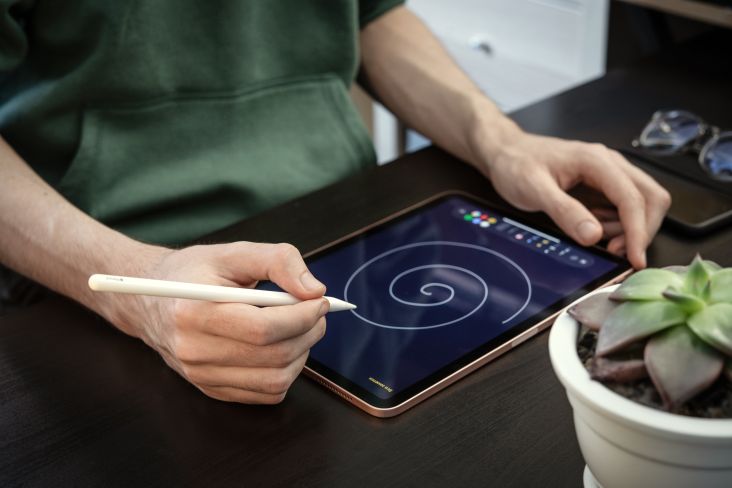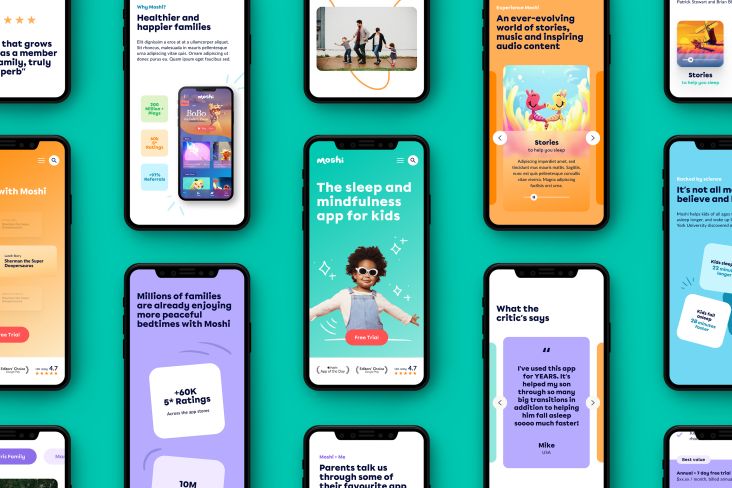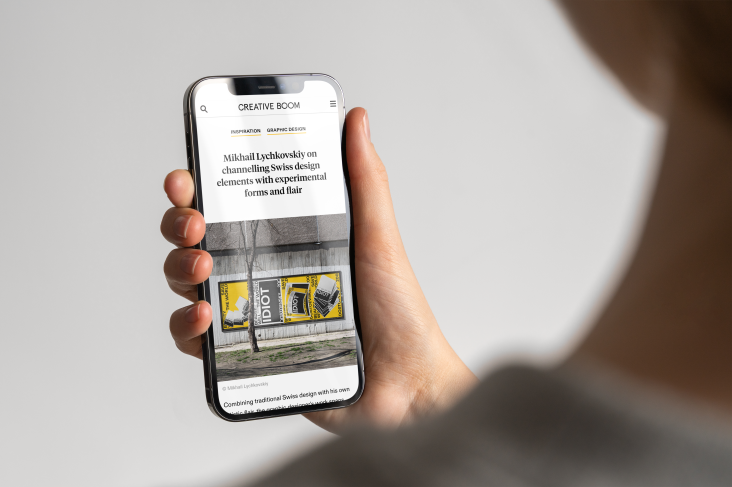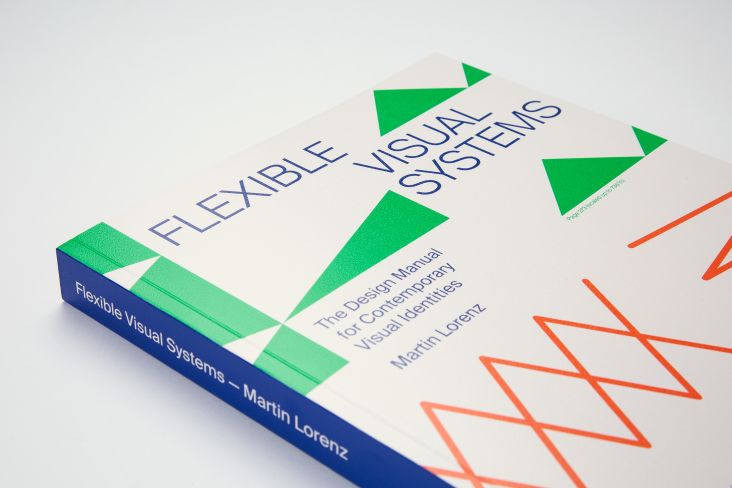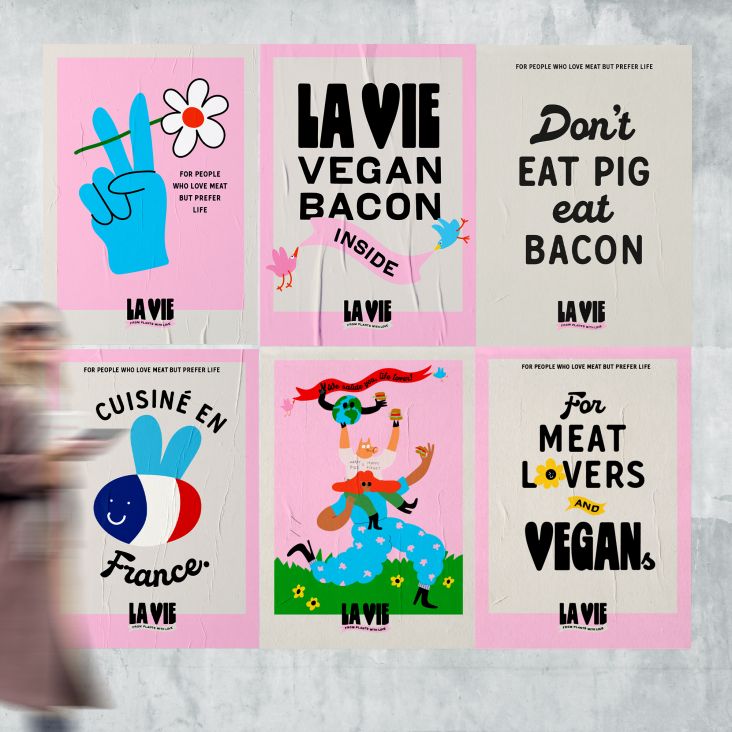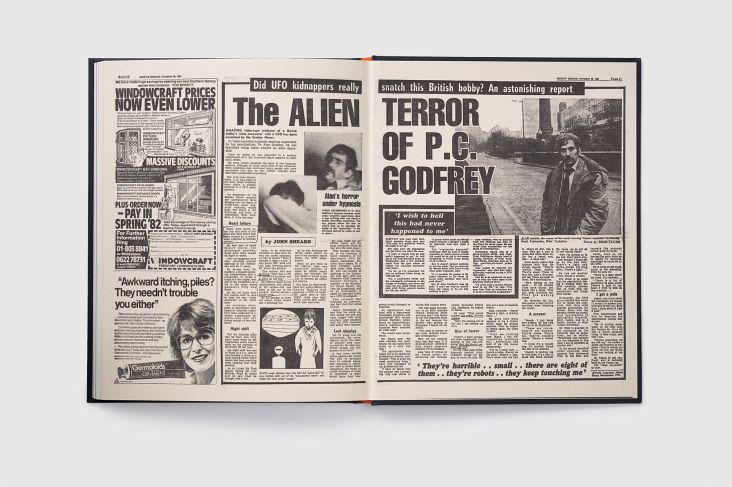50 essential books every graphic designer should read
Whatever stage you've reached in your career as a graphic designer, one thing's for sure: you never stop learning. Or rather, you never should stop learning: honing your existing skills, discovering new approaches, and encountering fresh perspectives.
, featuring some of his own top picks](https://www.creativeboom.com/upload/articles/fb/fb68ac17f1e5572502d7ebf1c53fb086d5cbd4cd_1280.jpg)
Image courtesy of Chris Wilson, featuring some of his own top picks
In a rush to meet daily deadlines, though, it's often easy to get stuck in a rut. Months, even years, can pass without you learning anything new, as you're so focused on getting your work done and getting the bills paid. Settling down with a good book can be a great way to break out of this vicious circle, get fresh inspiration and start learning new things again.
In this article, we've listed our 50 favourite design books. Ranging from instructional texts to collections of essays, design monographs to business guides, you're sure to find an inspiring read here that will help reinvigorate your creative practice.
1. Graphic Design School by David Dabner, Sandra Stewart, Abbie Vickress
Traditionally, graphic design required formal study before you could enter the profession. That's not necessarily the case nowadays, but it's still good to know the fundamentals. This book is described as a foundation course for graphic designers working in print, moving image and digital media, and is divided into two main sections, 'principles' and 'practice'. The first section deals with the fundamentals of design, such as composition, hierarchy, layout, typography, grid structure, colour, etc. The second puts these basics into practice and explains studio techniques and production issues.
2. Designing Brand Identity by Alina Wheeler
Are you looking for an authoritative guide to branding, taking in all the different aspects from start to finish? You'll find it here. From research and analysis through launch and governance, this book provides expert insight on all aspects of the process and describes the best practices that build better brands.
3. Know Your Onions by Drew De Soto
It's no exaggeration to say that the book covers all the essential graphic design techniques and their digital implementation. It's designed like a notebook, with all the authors' tips and knowledge contained inside, along with blank pages that allow you to add your own personal notes and thoughts.
4. Now Try Something Weirder by Michael Johnson
To survive in the creative industry, you need to keep generating great ideas. Award-winning graphic designer Michael Johnson draws on three decades-plus of experience to share his secret. This book will help you improve the way you work with clients, deal with briefs, give presentations and gain confidence in your abilities.

Now Try Something Weirder by Michael Johnson
5. Extra Bold by multiple authors
Unlike any design book we've seen to date, Extra Bold is a practical and informative career handbook for designers that's part-textbook and part-comic book, part-zine, part-manifesto, and part-self help manual. You'll find within a range of interviews, essays, typefaces, biographical sketches, and projects from dozens of contributors with a variety of abilities, gender identities, and racial, ethnic and class backgrounds, and Jennifer Tobias's original, handcrafted illustrations add a healthy dose of fun.
6. The Graphic Design Reference + Specification Book by Poppy Evans and Aaris Sherin
As a graphic designer, you need ideas and inspiration. But you also need to understand the nitty-gritty of the design process, such as how much space to leave in the gutter when designing barrel folds, what proofreaders' symbols mean, how different image file formats differ, and so forth. This comprehensive reference everywhere brings together a ton of must-have information in an up-to-date, concise handbook.
7. The Elements of Typographic Style by Robert Bringhurst
A true classic, originally published in 1992, and thoroughly revised for the modern era. Renowned typographer Robert Bringhurst explains the art of typography in a clear and concise style, from practical, theoretical, and historical perspectives. Quite simply a must-read for any graphic designer entering the profession.
8. Book of Branding by Radim Malinic
Creative director and designer Radim Malinic 's Book of Branding is an excellent introduction to the world of visual identity with a conversational tone that's delightfully jargon-free. It gives a lot of real-world advice and case studies to help you understand the brand identity process and how great collaborative work is created in practice.

Book of Branding by Radim Malinic
9. How To by Michael Beirut
Protege of design legend Massimo Vignelli and partner in Pentagram, Michael Bierut is one of the world's most respected designers. This revised and expanded edition of his monograph features projects for clients including Mastercard and The Poetry Foundation and serves as a veritable bible of graphic design ideas.
10. Make Your Own Luck by Aries Moross
In this mixture of memoir and guide, famed creative Aries Moross offers a series of insider's tips on how to make it in the competitive field of design. With a forthright and refreshingly honest tone, Make Your Own Luck address how to thrive in art school, develop your own style, self-promote, collaborate, deal with copycats, find an agent, and more.
11. Oh Sh*T What Now? by Craig Oldham
In this revelatory book, celebrated designer Craig Oldham answers the common questions raised by graphic design graduates: What now? Where do you live? Can you afford to live? How can you make money doing design? How do you get a job? Who do you want to work for and are you good enough? Sharing his own experiences, as well as ideas, advice and inspiration, this book is as funny and honest as it is practical and useful.
12. Citizen First Designer Second by Rejane Dal Bello
As someone who's spent 20 years working in the design industry, it goes without saying that Rejane Dal Bello cares about design. Here, the graphic designer, illustrator and visual branding consultant explains why choosing a design career has mattered to her, and how it can matter to others. This deeply personal book, beautifully designed by Jon Dowling & Céline Leterme, is a great choice for anyone considering entering the profession or seeking fresh insight and inspiration for their work
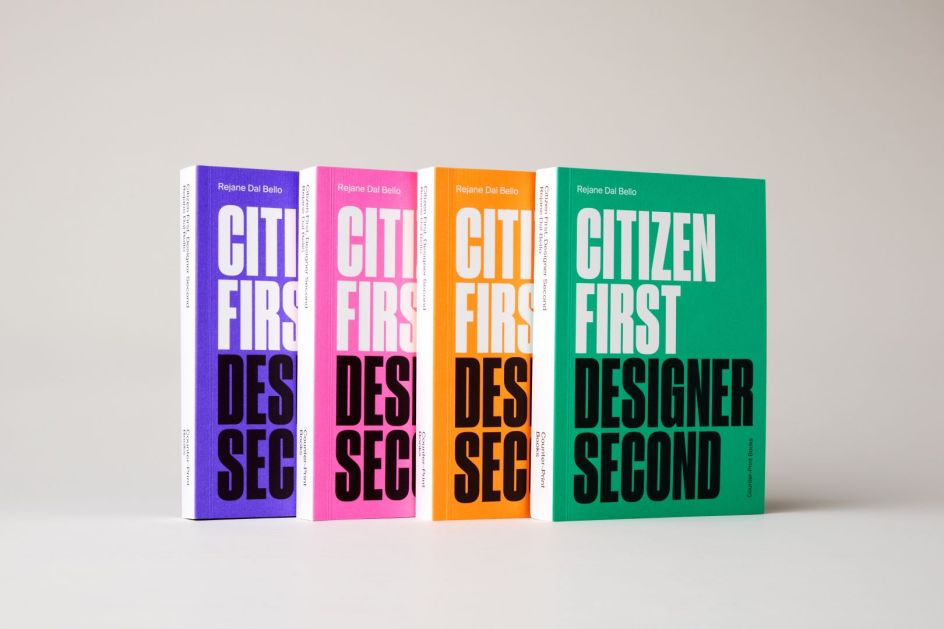
Citizen First Designer Second by Rejane Dal Bello
13. Designing Graphic Props for Filmmaking by Annie Atkins
Although we wouldn't often think of it, films are full of objects and props that need to be designed, such as invitations, letters, tickets, and packaging. Annie Atkins has spent a career doing so, and this behind-the-scenes account is a fascinating insight that will inform and inspire graphic designers of all types.
14. Bottlenecks: Aligning UX Design with User Psychology by David Evans
User experience design is, at root, about understanding your users. And so this book gives a useful and comprehensive introduction to foundational psychology, in a way that directly relates to UX design. Written by David Evans, an experimental psychology PhD and senior manager of consumer research at Microsoft, this will help UX designers gain an edge in a super-competitive field.
15. Graphic Design: The New Basics by Ellen Lupton & Jennifer Cole Phillips
This revised and updated 2015 edition of Ellen Lupton and Jennifer Cole Phillips's 2008 classic, acts as an excellent introduction to graphic design for new entrants to the profession. Visual demonstrations and concise commentary explain the formal elements of design, from logos to letterhead to complex website design.
16. Nakajo by Masayoshi Nakajo
Born in 1933, Japanese designer Masayoshi Nakajo worked in the advertising department of Shiseido and for Deska, before establishing his own Nakajo Design Office in 1961. Famed for his work for advertisements, products, watch faces, posters, and the House of Shiseido, this book offers a colourful visual timeline of his career. It's a great way to discover and enjoy Nakajo's ability to harness youthful avant-garde symbols and create designs and patterns that are always infused with movement and energy.
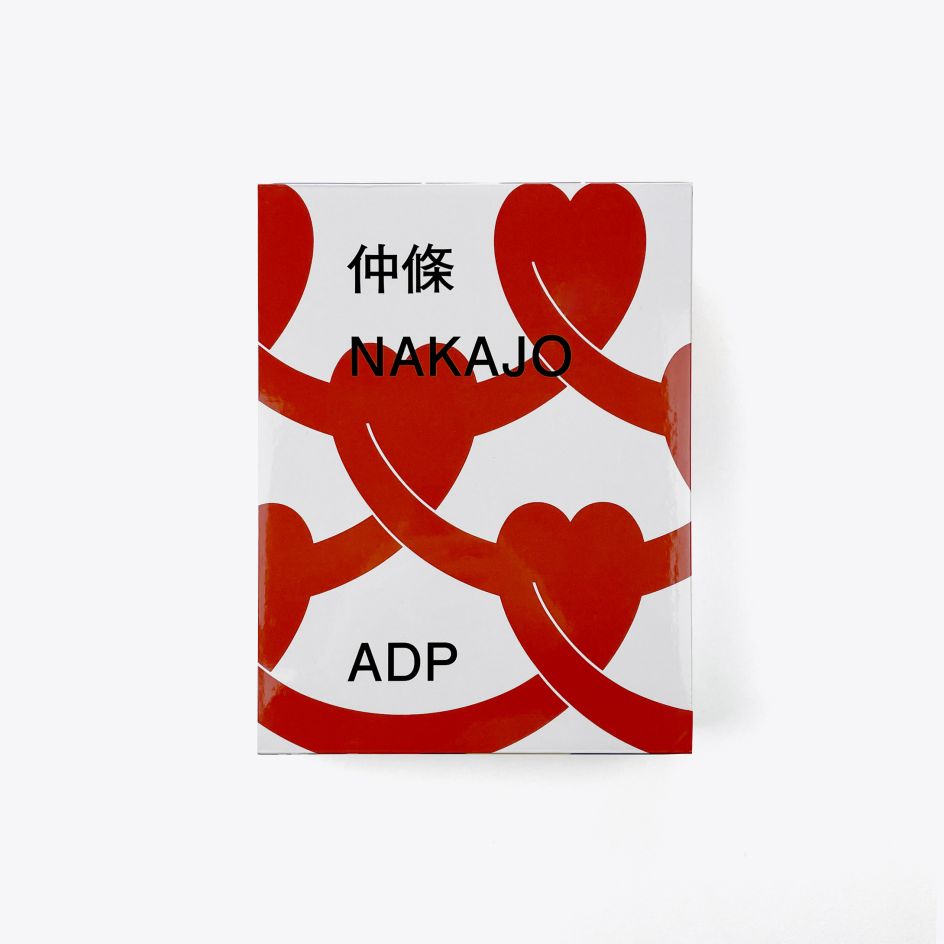
Nakajo by Masayoshi Nakajo. Image courtesy of Counterprint
17. Thinking with Type by Ellen Lupton
Another great read by Ellen Lupton, this primer on typographic design is divided into three sections: covering lettering, text, and grids. Each section is accompanied by an essay explaining key concepts, and then a set of practical demonstrations illustrating that material. Essential reading for students, teachers, and anyone entering the graphic design profession.
18. The Art of Looking Sideways by Alan Fletcher
How people perceive things visually is of obvious importance to anyone involved in visual design. Serious yet easy-to-read exploration of the science being perception, this unique book is packed with anecdotes, quotations, images, curious facts and useless information, oddities, serious science, jokes and memories. This book does not set out to teach lessons or draw conclusions, but it is full of wisdom and insight collected from all over the world.
19. Grid Systems by Josef Müller-Brockmann
Swiss graphic designer Josef Müller-Brockmann was one of the biggest names in mid-20th century design, and in this classic book he sets out a series of guidelines and rules for the function and use of grid systems, from 8 to 32 grid fields to three-dimensional grids. It remains today an essential guidebook for everyone working in the profession.
20. Good by Design by Viction:workshop ltd
In recent years, world-changing events like the pandemic and climate change have made us think more deeply about what it is to be a designer, and how that can mean more than just a way to make money. Good by Design brings together the best projects and insights for those wishing to put their graphic designs skills to better use, and combine creativity, craft, and compelling visuals to transform the way we live.
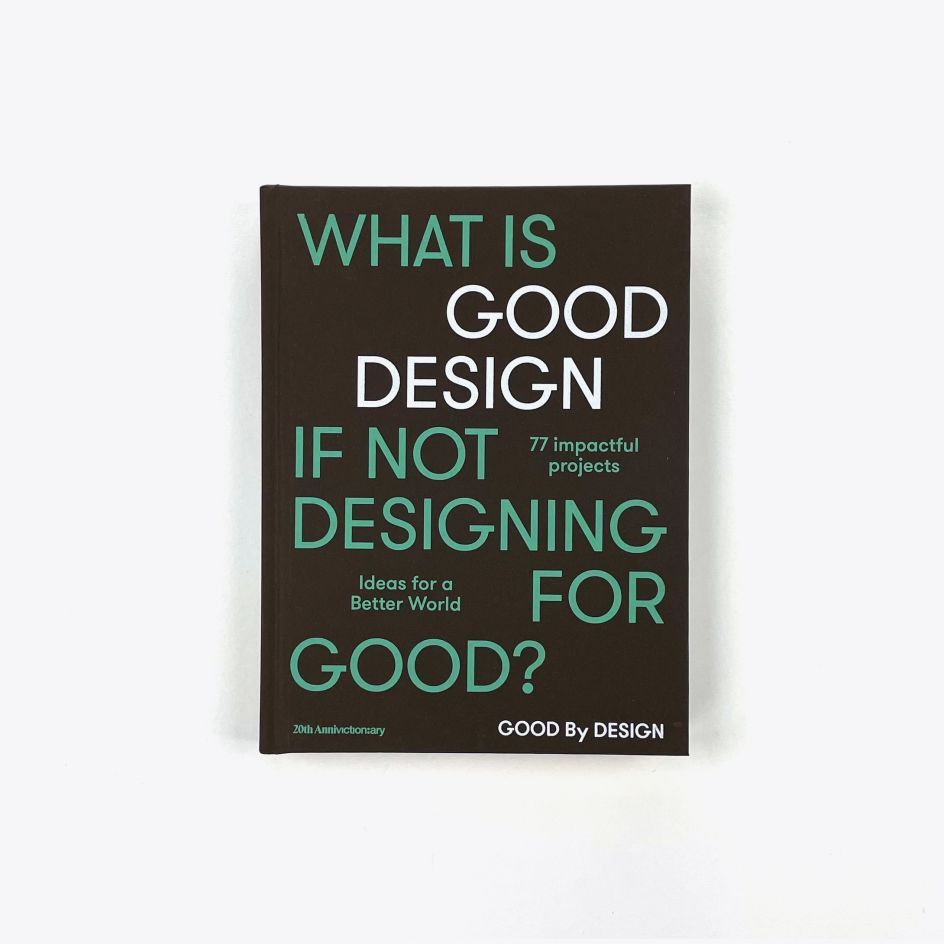
Good by Design by Viction:workshop ltd. Image courtesy of Counterprint
21. Designing Type by Karen Cheng
First published in 2006, this classic guide to type design has been fully updated for 2020. You'll learn all about basic issues informing the creation of typography, including the visual principles of letter construction, optical compensation and legibility, and the relationships between letters and shapes in a font. The new version of the book also includes more contemporary typefaces and explanatory diagrams, as well as a closer connection between text and image.
22. Logo Modernism by Jens Muller
To know where you're going, you need to know where you've been. And that's the case in logo design just as much as anywhere else. Hence this book pulls together approximately 6,000 trademarks from the period 1940-1980, to examine how modernist attitudes and imperatives gave birth to today's corporate identities.
23. The History of Graphic Design Vol 1 & 2 by Jens Muller
Another authoritative book about design's past by Jens Muller, The History of Graphic Design delivers exactly what the title promises. Featuring hundreds of landmark projects, industry leaders profiles, and illustrated timelines, this book traces the evolution of the profession from the end of the 19th century to the remains of World War II.
24. Baseline Shift by Briar Levit
Most histories of graphic design place women in the margins. Here's the exception. With a little digging, the author confirms that women of various backgrounds and ethnicities have long been active in the profession: running presses in the British colonies, illustrating books in the studios of artistically cutting-edge Harlem, and drawing type in the drafting rooms of major type foundries. This collection of 15 fascinating illustrated essays uncovers their fascinating stories.
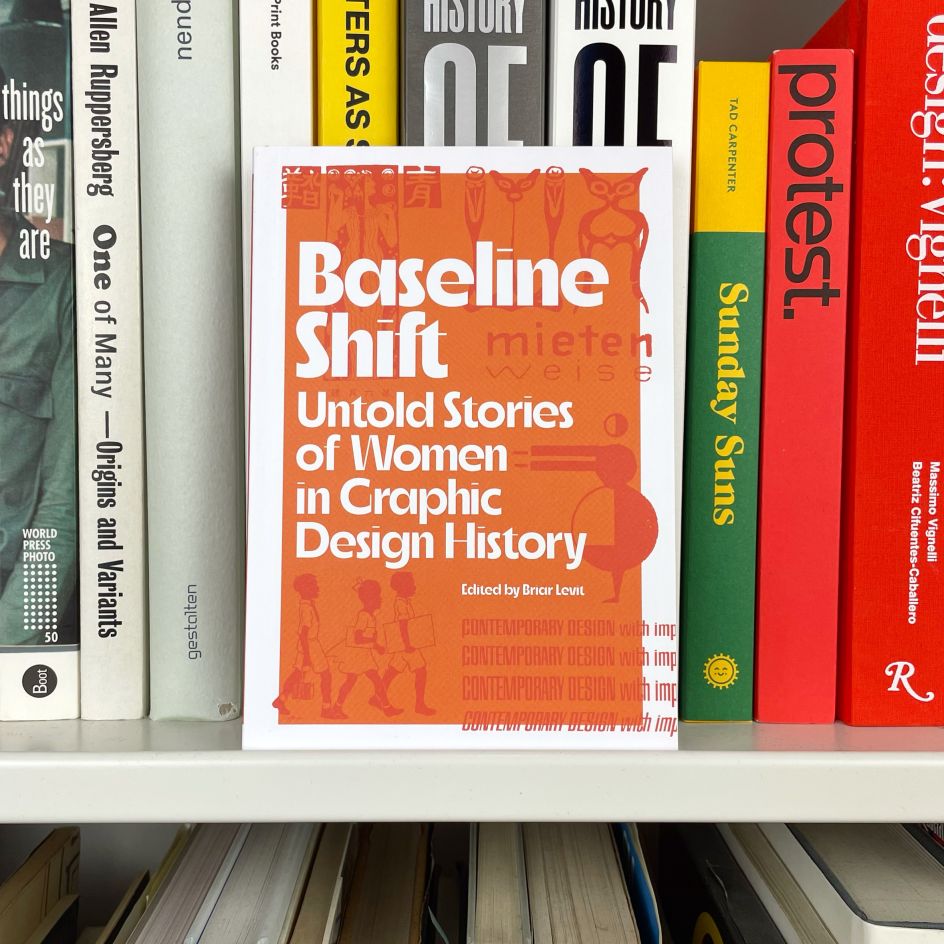
Baseline Shift by Briar Levit. Image courtesy of Counterprint
25. Women Design by Libby Sellers
Traditionally, design books have tended to minimise the contribution of women to the profession, so here's one that starts to right the balance. Women Design profiles a selection of the most dynamic female designers, from architects and product designers to textile artists and digital innovators. These range from pioneers such as Eileen Gray, Lora Lamm and Lella Vignelli to more recent trailblazers including Kazuyo Sejima, Hella Jongerius and Neri Oxman.
26. Can Graphic Design Save Your Life? by Lucienne Roberts
There aren't a lot of books exploring the relationship between graphic design and health, but here's a great one. Now in a second and updated edition, this ambitious book explores examples such as health apps, pill packaging, hospital information systems, and public health warnings. Contributing designers, design writers and health professionals all examine the question of how graphic design impacts what we notice, what we understand and the actions we take in matters of health.
27. Visual Intelligence by Félix Beltrán
Born 1938 in Havana, Cuba, Félix Beltrán, is one of Latin America's most important graphic designers. His works are situated in the tension between abstract geometry and concrete art, and this monograph showcases hundreds of his logos, posters, and book covers. A fascinating and inspiring insight into a great creative mind.
28. Logotype by Michael Evamy
First published in 2016, Logotype is a definitive collection of logotypes, monograms and other text-based corporate marks. It features more than 1,300 international typographic identities, by around 250 design studios, and examples are drawn not just from Western Europe and North America but also Australia, South Africa, the Far East, Israel, Iran, South America and Eastern Europe. Contributing design firms include Pentagram, Vignelli Associates, Chermayeff & Geismar, Wolff Olins and Landor.
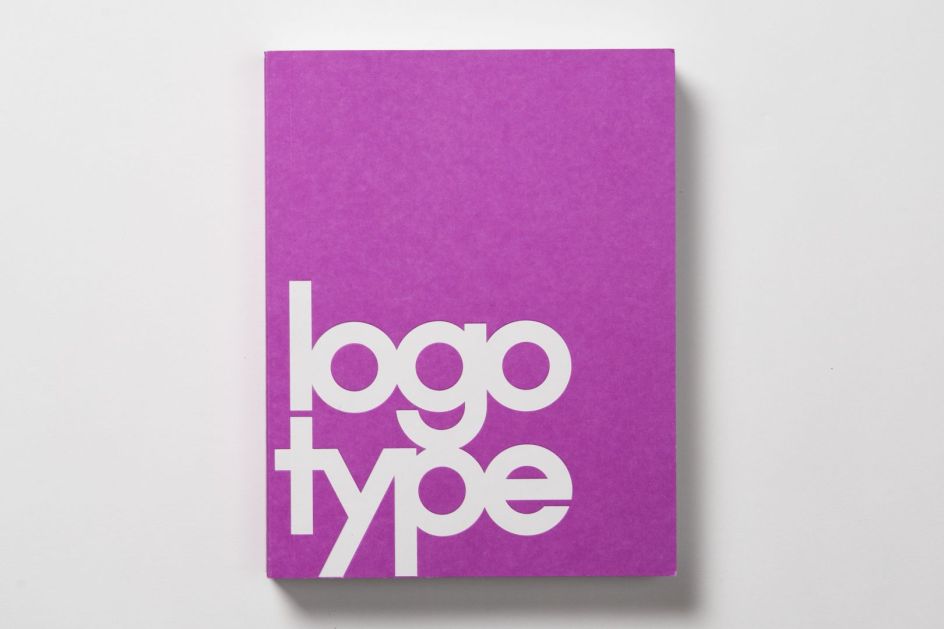
Logotype by Michael Evamy
29. Look Both Ways by Debbie Millman
Debbie Millman is best known as the host of the design podcast Design Matters. This book is inspired by the monologues she prepares for each episode and features illustrated essays on life and design. Covering topics ranging from brands and behaviour to rituals, love and music, this book will make you think and occasionally laugh out loud.
30. Branding: In Five and a Half Steps by Michael Johnson
Michael Johnson's award-winning studio, johnson banks, is responsible for the rebranding of companies Virgin Atlantic, Think London, BFI and Christian Aid. Here, he strips everyday brands down to their basic components, with case studies that enable us to understand why we select one product or service over another and allow us to comprehend how seemingly subtle influences can affect consumers' decisions.
31. 100 Years of Swiss Graphic Design by Christian Brandle, Karin Gimmi and Barbara Junod
Swiss design is referred to a lot in the design community, but how much do you know about it really? This book, designed by the Zurich studio NORM, takes a fresh look at Swiss typography and design over the past hundred years and explains what it all means, with illuminating essays from experts in the field and captivating illustrations.
32. Work Hard & Be Nice to People by Anthony Burrill
Designer Anthony Burrill is probably best known for his poster based on the slogan "Work Hard & Be Nice to People". His book is full of similarly concise and down-to-earth advice on getting things done, success, creativity, difficult decisions, motivation, work, collaboration and happiness. This new version is a re-worked and re-packaged paperback edition for 2020.
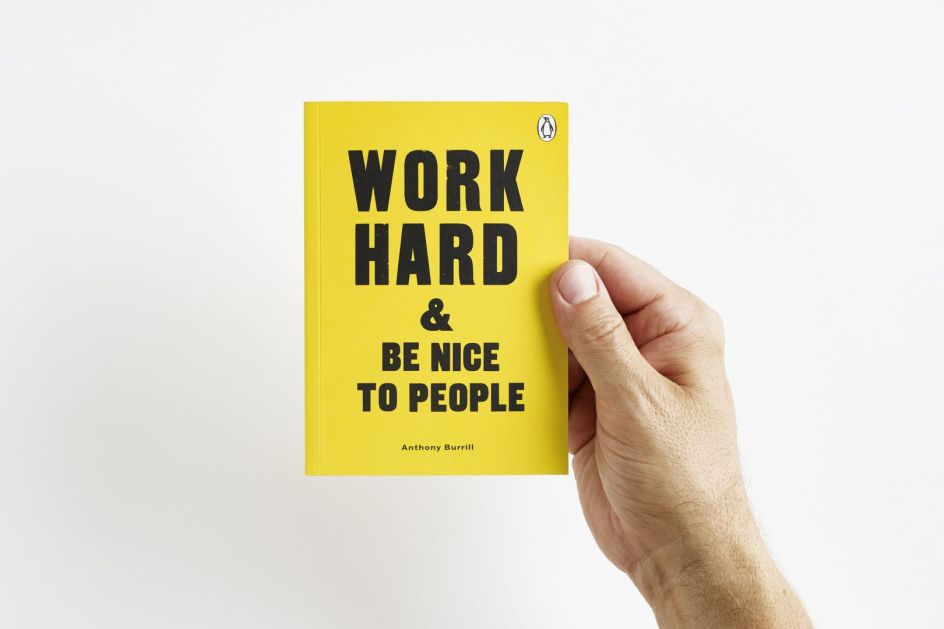
Work Hard & Be Nice to People by Anthony Burrill
33. Drawing Type: An Introduction to Illustrating Letterforms by Alex Fowkes
Nowadays, more and more designers are drawing their own type, for use in a range of disciplines such as packaging, editorial, posters, advertising, online graphics, and signage. If you fancy getting on board with the hand-made aesthetic, this book walks you through the steps to drawing serifs, san serifs and scripts, etc, with ample space on the pages to mimic and draw your own typefaces.
34. The Process: A New Foundation in Art and Design by By Richard Wilde, Judith Wilde
Whether you're a design student or an established designer, it's good to challenge yourself now and again to shake things up. This book is a compendium of 13 experimental projects designed to teach conceptual thinking and problem solving to art and design students. Each project is illustrated with multiple visual solutions, provided to inspire creativity and illustrate that there can be multiple solutions to a single problem.
35. Watching Words Move by Ivan Chermayeff and Tom Geismar
In 1959, design legends Ivan Chermayeff and Tom Geismar produced a small booklet about typographic creativity. Six decades on, it remains influential, and this reproduction includes added thoughts by other designers including Michael Carabetta, George Lois, April Greiman, Steve Heller and Kit Hinrichs on its lasting impact.
36. Why Fonts Matter by Sarah Hyndman
How do fonts affect what we read and influence the choices people make? This book opens up the science and the art behind how typography, and explains why certain fonts or styles evoke particular experiences and associations. A must-read for any designer who loves words and how they influence and wants to know how to give them impact in design.
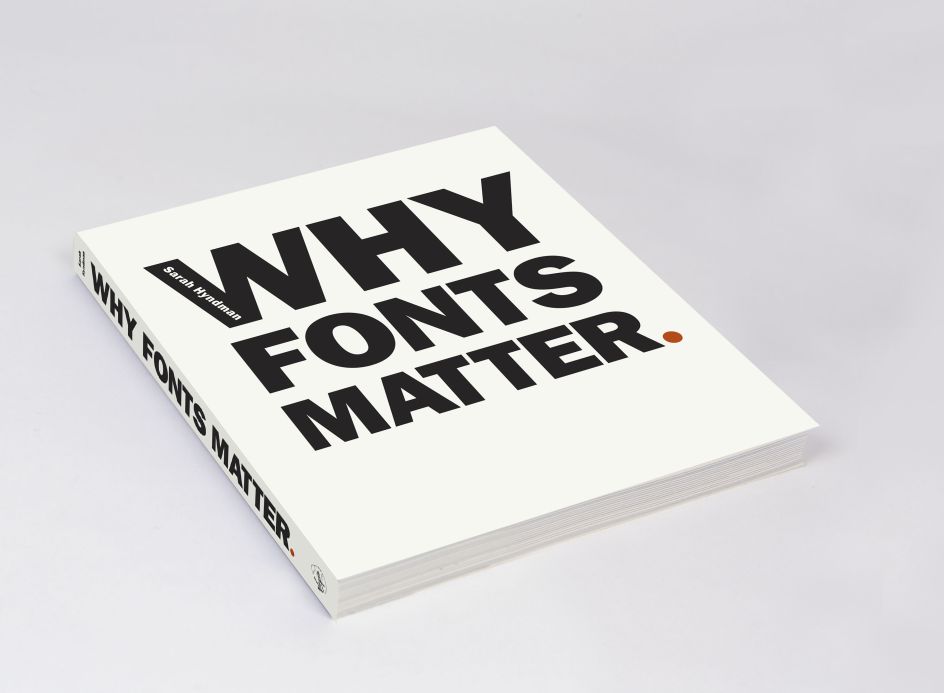
Why Fonts Matter by Sarah Hyndman. Image courtesy of Sara
37. Start Me Up!: New Branding for Businesses by Robert Klanten
Traditional branding books focus on large companies and big brands. But in the 2010s and 2020s, corporate design has diversified enormously as the startup scene explodes around the world. In this 2015 book, Robert Klanten shares some of the best work by creative agencies for startup founders, from a beauty parlour in Singapore to a whisky distillery in Finland.
38. Citizen Designer: Perspectives on Design Responsibility by Steven Heller and Veronique Vienne
What does it mean to be a designer in today's corporate-driven, overbranded global consumer culture? This book attempts to answer this question with more than 70 essays and interviews covering controversial topics such as topics as the advertising of harmful products, branding to minors, and violence in game design. It doesn't provide any definitive answers, but through asking the right questions, acts as a spur for further debate and discussion.
39. Don't Get a Job... Make a Job: How to make it as a creative graduate by Gem Barton
This book was written in 2016, but couldn't be more relevant in this pandemic era. Its starting point is that there are an increasing number of creative graduates, but a shrinking number of actual jobs. In short, your best route is to make opportunities for yourself, and this book celebrates the various strategies students and graduates are taking to gain exposure and gainful employment.
40. The Designer's Dictionary of Colour by Sean Adams
Colour is key to nailing your design work, so it deserves a book that examines it in depth. The Designer's Dictionary of Color takes a deep dive into 30 specific colours, detail each one's creative history and cultural associations. This is accompanied by lots of visual examples from the turquoise on a Reid Miles album cover to the avocado paint job on a 1970s Dodge station wagon. A source of both practical advice and inspiration for designers everywhere.
![Designer's Dictionary of Colour [UK edition] by Sean Adams (Abrams, £19.99) out now](https://www.creativeboom.com/upload/articles/64/64cea9c4eb1c0152b1d84323a7a8b63fbe4ef929_944.jpg)
Designer's Dictionary of Colour [UK edition] by Sean Adams (Abrams, £19.99) out now
41. 100 Ideas That Changed Graphic Design by Steven Heller and Veronique Vienne
Graphic design isn't static, but changes over time. This brilliantly crafted book records some of the best graphic design ideas from the last 100 years that have influenced that evolution. Arranged broadly in chronological order, the ideas featured including technical ones like overprinting to stylistic ones like swashes on caps, as well as groundbreaking methods ranging from paper cut-outs and pixelation.
42. Keep Going by Austin Kleon
Creative work is hard, and it never really gets easier. So to make it as a graphic designer, you need some stamina, and this book can help. It's full of illustrated advice and encouragement on how to stay creative, focused, and true to yourself in the face of burnout or distractions.
43. Layout Essentials by Beth Tondreau
It's quite simple: without knowing the rules of grids and layout design, you won't make it as a graphic designer. Equally, though, if you stick to them rigidly, you'll limit your creativity. So knowing when to bend and even break the rules is just as important as knowing them in the first place. This comprehensive book covers both, with lots of visual examples.
44. Logo Design Love by David Airey
Want to know how logos are created in the real world? In this book, the author client case studies from renowned designers to illustrate how to develop an iconic brand identity from start to finish, using. Topics covered include creating effective briefs, generating ideas, charging for logos, and how to collaborate with clients.
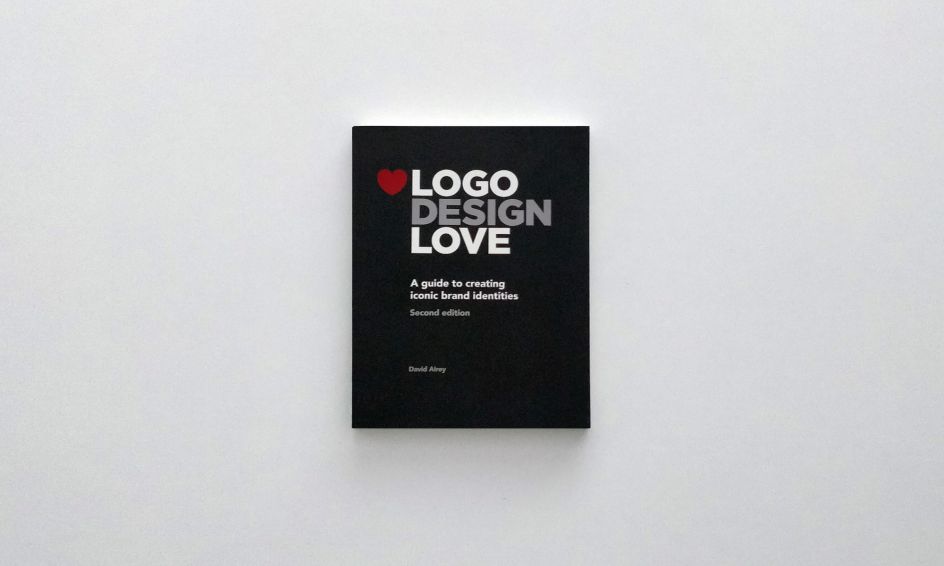
Logo Design Love by David Airey (Image courtesy of David)
45. How to do Great Work Without Being an Asshole by Paul Woods
As you can probably tell from the title, this book does not pull its punches. Its inspiration is the commonly held idea that long hours, chaotic workflows and egotistical colleagues are part of being a "proper designer". It disagrees with this toxic attitude and instead offers anecdotes, flowcharts, exercises and action plans for better working practices
46. Copy This Book: An Artist’s Guide to Copyright by Eric Schrijver
Whether you're seeking to protect your intellectual property or avoid infringing others', copyright is an absolute minefield. This well-structured guide will help you get your head around it. Copy This Book details the concepts of authorship and original creation that underlie our legal system, providing you with an essential guide for navigating the new Commons and the old laws of copyright control.
47. Visual History of Type by Paul McNeil
This book is a complete visual index of western typefaces from the early days of printing to the modern era. More than 320 typefaces are displayed in the form of their original type specimens or earliest printing. Each entry is supported by a brief history and description of key characteristics of the typeface. The level of detail is simply astonishing and it's that which makes this a must-have for any designer interested in typography.
48. The Anatomy of Colour by Patrick Baty
Colours mean specific things to specific people, but this is not set in stone. In fact, it's evolved hugely over time. This book offers you a glimpse into just how much, as archive, historian and paint expert Patrick Baty traces the evolution of pigments and paint colours together with colour systems and standards. He then goes on to examine their impact on the palettes used in interior design, from 1650 to 1960.
49. Graphic Design Rants and Raves by Steven Heller
Design is everywhere, and graphic design enters into everything. That's the organising principle for this collection of essays, which brings together 40 essays on such subjects as brand design utilised by Hillary Clinton and Donald Trump, The Charlie Hebdo massacre and the principles of free expression, and revisiting design icons like Paul Rand and Frank Zachary.
50. Geometry of Design by Kimberly Elam
Geometry is where art and design meet maths, and this instructive book explains how that works in words that non-experts can understand. The book focuses not only on the classic systems of proportioning, such as the golden section and root rectangles but also on less well known proportioning systems such as the Fibonacci Series. Through detailed diagrams, these geometric systems are brought to life, giving an effective insight into the design process.




 by Tüpokompanii](https://www.creativeboom.com/upload/articles/58/58684538770fb5b428dc1882f7a732f153500153_732.jpg)

 using <a href="https://www.ohnotype.co/fonts/obviously" target="_blank">Obviously</a> by Oh No Type Co., Art Director, Brand & Creative—Spotify](https://www.creativeboom.com/upload/articles/6e/6ed31eddc26fa563f213fc76d6993dab9231ffe4_732.jpg)


](https://www.creativeboom.com/upload/articles/21/212b36fa1d576a9ea1aeb322ef0cffd6a5009e61_732.png)






